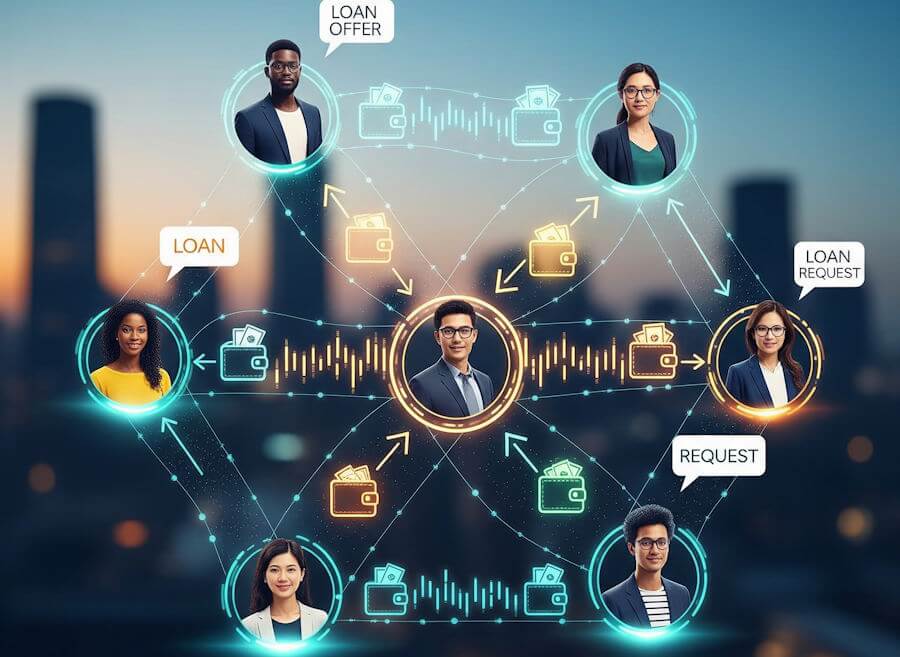How Fintech is Helping to Reduce Credit Inequality
Access to credit has long been a major hurdle for millions of people worldwide. Traditional banks often require extensive documentation, high credit scores, or collateral that many borrowers simply cannot provide. Fortunately, the rise of financial technology, or fintech, is helping to bridge this gap and reduce credit inequality in remarkable ways. By leveraging innovative technology, fintech companies are making credit more accessible, fairer, and faster than ever before. If you’re looking for advice on navigating modern credit options, the experts at the credit people are a valuable resource.
What is Credit Inequality?
Credit inequality occurs when certain groups of people have limited or no access to affordable credit. This can be due to factors like:
- Low or nonexistent credit history
- Geographic barriers to banks
- Socioeconomic disadvantages
- Discriminatory lending practices
For these individuals, getting a loan or a mortgage can be almost impossible. This systemic problem perpetuates cycles of poverty and limits opportunities for economic growth.
How Fintech is Making a Difference
Fintech is transforming credit by using technology to provide innovative solutions for borrowers who were previously underserved. Here’s how:
- Alternative credit scoring: Fintech companies use non-traditional data such as utility payments, mobile phone bills, and rental history to assess creditworthiness.
- Instant approvals: Digital platforms allow users to get loan approvals in minutes rather than days or weeks.
- Lower costs: By reducing overhead and leveraging automation, fintech lenders can offer lower interest rates and fees.
- Peer-to-peer lending: Fintech enables individuals to lend to each other, bypassing traditional banks and increasing access to funds.
Empowering the Underserved
One of the most significant benefits of fintech is its ability to empower groups traditionally left out of mainstream finance. For example:
- Small business owners in emerging markets can now access working capital without extensive collateral.
- Young adults and first-time borrowers can establish credit histories using microloans and digital wallets.
- Rural populations can apply for loans entirely online, eliminating the need to travel to a bank branch.
Education and Transparency
Fintech platforms often include educational resources, making it easier for borrowers to understand financial products and make informed decisions. Features like:
- Clear loan terms and interest calculations
- Budgeting tools integrated into apps
- Automated alerts for payment deadlines
help users build financial literacy while reducing the risk of falling into debt traps.
Challenges and Considerations
While fintech offers incredible opportunities, there are still challenges:
- Data privacy: Using alternative data must be balanced with strict privacy protections.
- Regulation: Fintech lenders must comply with varying regulations across regions.
- Digital literacy: Access is limited if potential borrowers lack familiarity with digital tools.
Addressing these issues will be crucial to ensuring fintech truly reduces credit inequality in the long term.
Looking Ahead
The future of fintech is promising. Innovations like AI-driven credit scoring, blockchain-based lending, and mobile-first banking will continue to expand access to fair credit for millions. By embracing these technologies, we can move toward a world where everyone has an equal opportunity to borrow, invest, and grow financially.
Ultimately, fintech isn’t just about faster loans or better apps—it’s about creating a more inclusive financial system that leaves no one behind.




 Michael Turner is a finance expert passionate about simplifying credit, loans, and debt management. He helps readers make smart, confident financial decisions every day.
Michael Turner is a finance expert passionate about simplifying credit, loans, and debt management. He helps readers make smart, confident financial decisions every day.